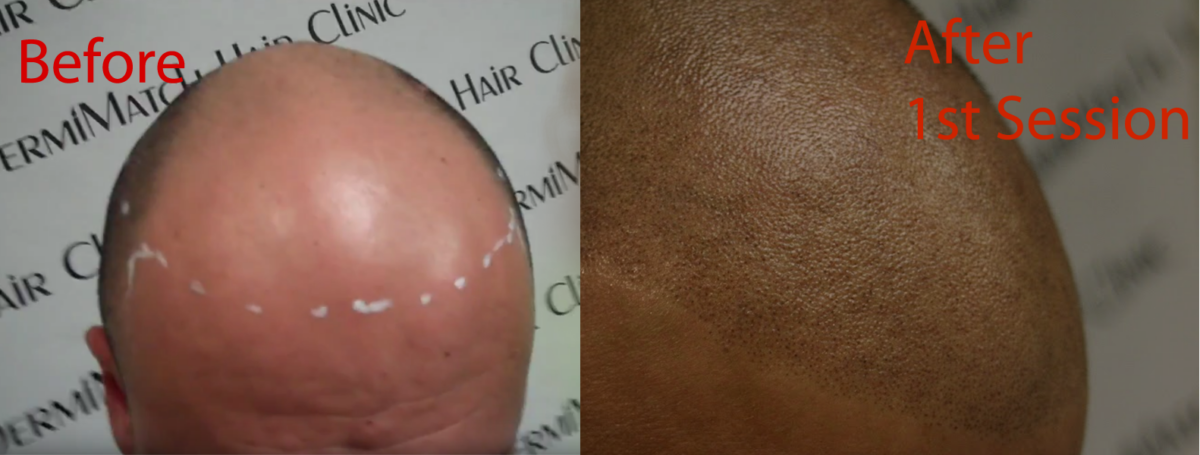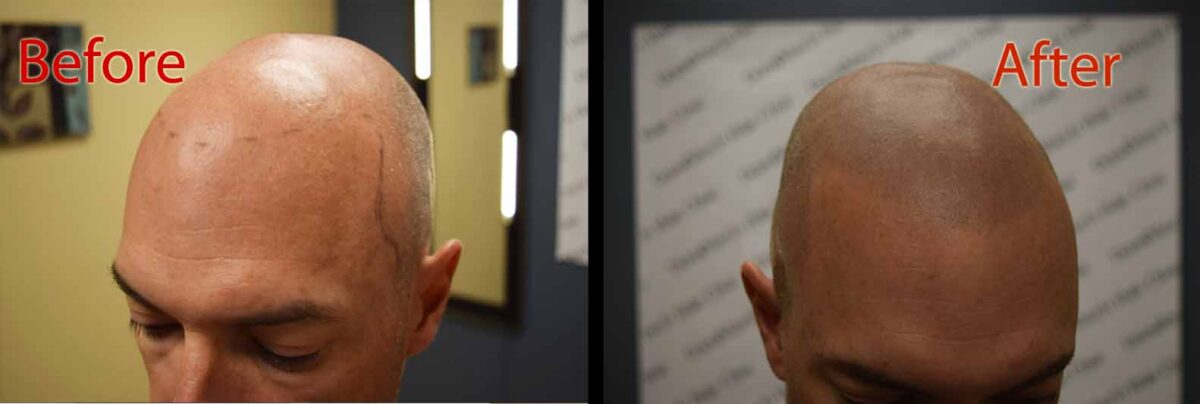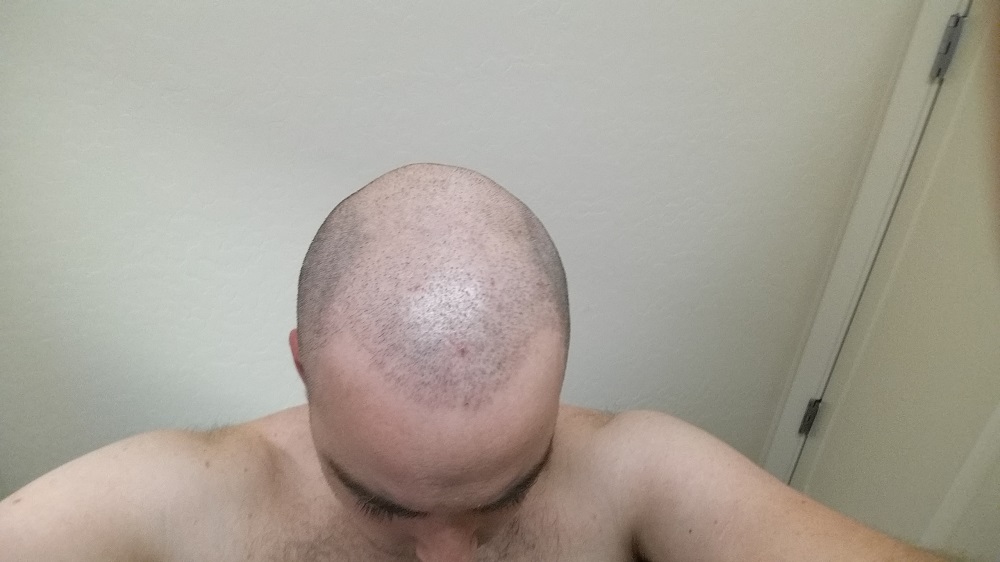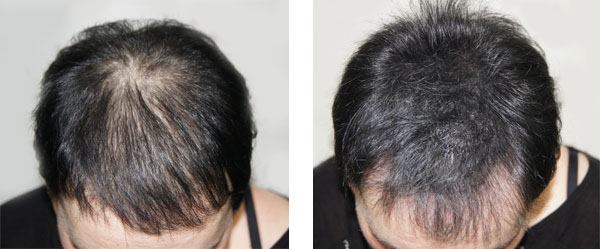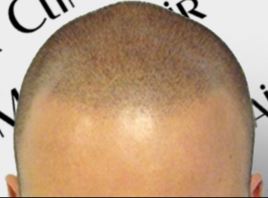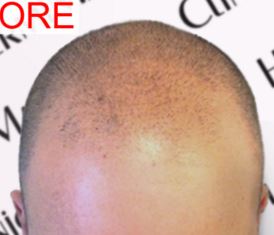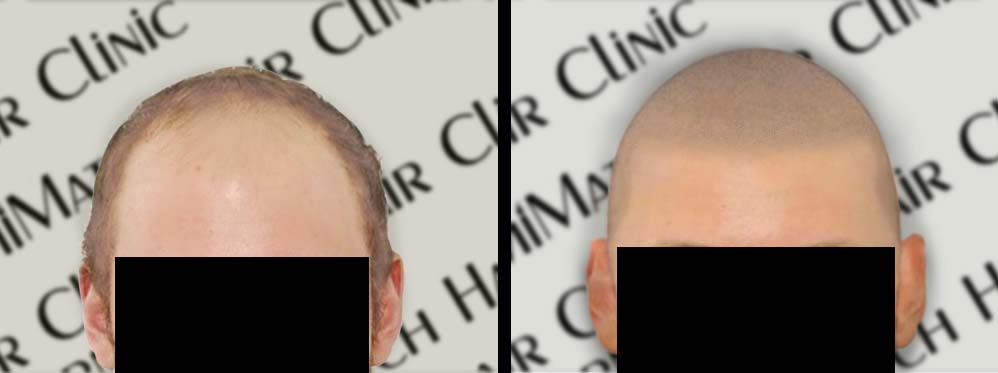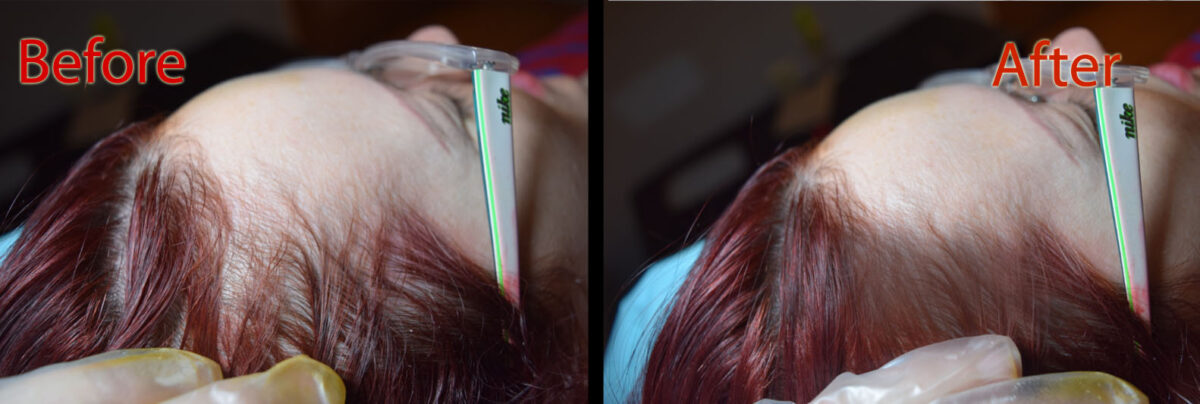Silk pillowcases have become popular choice for those concerned about hair loss, but what makes them potentially beneficial? Or are silk pillowcases for hair loss a good choice? Let’s explore.
What are the benefits of Silk Pillowcases for Hair Loss?
Reduced Friction
Cotton and other fabrics have a rougher texture that can snag and rub against hair throughout the night. This constant friction can lead to breakage, especially for people with already fragile hair like those with split ends, colored hair, or other types of hair. Silk’s smooth surface allows hair to glide more freely, minimizing the risk of breakage.
Less Tangling and Frizz
The rough texture of cotton can cause hair to tangle and frizz as you sleep. Silk is smooth, which helps hair stay detangled and smoother, reducing the need for harsh detangling in the morning. This can be particularly beneficial for those with curly or textured hair which is more prone to tangles.
Moisture Retention
Unlike cotton, silk is a naturally breathable fabric that absorbs less moisture. This can be beneficial for hair as it helps maintain its natural moisture balance. Hair that is too dry can become brittle and prone to breakage. By reducing moisture absorption, silk pillowcases may help hair retain its natural oils and prevent dryness.
What Science Says?
While many people swear by silk pillowcases, there is limited scientific research directly linking them to hair growth. The primary benefits lie in reducing breakage and promoting smoother hair.
Some studies suggest that reducing friction can help minimize hair loss caused by physical damage.
But the fact of the matter remains that it is critical to focus on the underlying cause. Hair loss can have various causes like genetics, hormones, or medical conditions.
A silk pillowcase won’t address the root cause of hair loss.
Alternative Solutions
If you’re experiencing significant hair loss, a silk pillowcase for hair loss might be a helpful addition to your hair care routine, but it’s not a standalone solution. Silk pillowcases offer a potential benefit for those concerned about hair breakage and maintaining smoother hair.
However, they are not a cure for hair loss.
Consider alternative hair loss treatment options that actually work and are not affected by the cause of hair loss.
Is SMP A Good Alternative?
Scalp micropigmentation is another option that offers a more permanent cosmetic solution for hair loss.
A non-surgical cosmetic procedure, SMP creates the illusion of a thicker head of hair. It achieves this by depositing tiny dots of pigment into the scalp, mimicking shaved hair follicles.
This can be a particularly attractive option for those experiencing advanced hair loss or who are hesitant about surgery. While SMP doesn’t grow new hair, it offers a permanent, low-maintenance solution that can significantly boost confidence and create a natural-looking, fuller head of hair.
Ask scalp experts for SMP help. The best scalp micropigmentation professionals are available for consultation at DermiMatch Clinic. they have proven expertise in SMP for various types of hair loss and can help you get started on the right track quickly.

